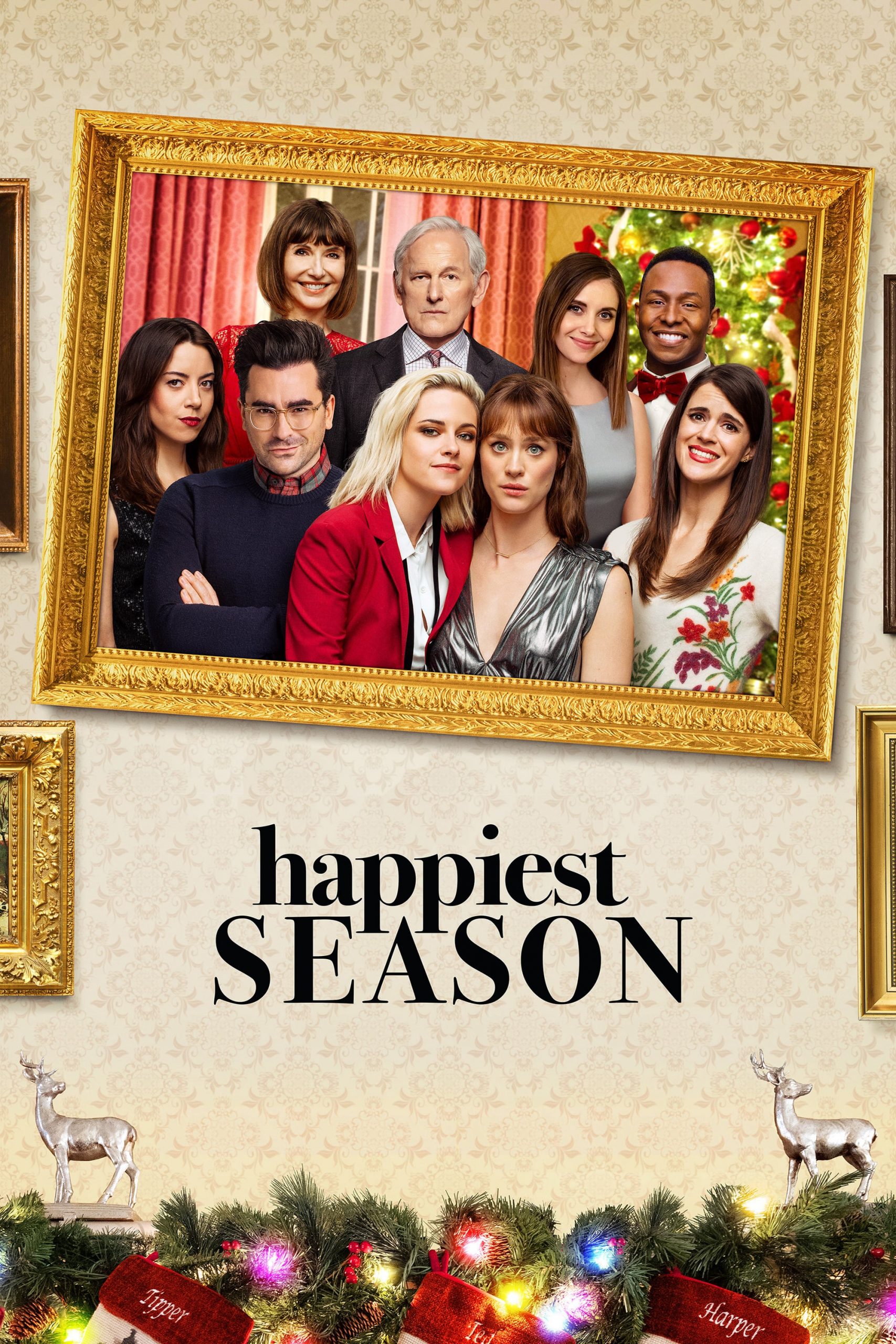

She adds: “When Clea and I were working on that, we were thinking it would be so great for Harper’s character to have sisters because I have a sister and that dynamic is incredibly intense and complicated. Kristen Stewart in ‘Happiest Season.’ YouTube They’re all just so three-dimensional and have so much of their arcs that I hope we get to explore someday.” “I hope we get to do more and just see more of these characters because it feels like we just scratched the surface with a lot of them. That meant the world to me,” Holland tells Us. “I was just blown away at the response that it got and people responding to Jane too.
#HAPPIEST SEASON MOVIE#
The film debuted on Hulu in November 2020 and has the best viewership of any Hulu original movie to date. Holland and Alison Brie play Harper’s sisters Jane and Sloane, respectively, with Mary Steenburgen and Victor Garber playing their parents, Tipper and Ted. But it’s not until the drive there that she confesses that her loved ones have no idea that Abby is her partner - or that she’s gay.

The rom-com focuses on Harper ( Mackenzie Davis) bringing her girlfriend Abby ( Kristen Stewart) home for the holidays to meet her uptight family in suburban Pennsylvania. These images are being positioned as part of a quintessential Christmas, when so many other variations exist.Kristen Stewart and Mary Holland. The climax of the film takes place at an elegant Christmas Eve party with lavish decorations and presents, something unique to the depiction of the upper class white family. Abby and Harper engage in cliche winter activities like neighborhood Christmas light tours and ice skating.

The images of Christmas presented in Happiest Season are stereotypically white and rely on genre tropes. RELATED: Happiest Season: Why Abby Should Have Chosen Instead Diverse representation in Christmas movies has been virtually nonexistent for so long that a culturally white family is the only acceptable form of a holiday film. Eric's character shouldn't have been diluted to fit the family's stereotype and formula of the genre. It's also problematic that the whiteness of Happiest Season is one of the traits that characterizes it as traditional. With the Christmas aspect of the film being so formulaic, it's hard to integrate the queer elements. In Happiest Season, the default holiday and coming out story for the "American family" are both bolstering white stereotypes. More than being commercially cemented, whiteness is the default of the Christmas genre, leaving no room for other culture's holiday celebrations and activities. The Christmas season has always been presented through a culturally and phenotypically white family, harkening back to Norman Rockwell nostalgia. With Eric's blackness completely ignored, Happiest Season can only present the holidays and coming out through a white lens. There is also no mention of how the conservative parents feel about having him in their family and if that caused any issues.
#HAPPIEST SEASON SKIN#
Sloane's husband, Eric (Burl Moseley), is only nominally Black in the film, meaning that his skin color is the only cultural signifier, as he has been homogenized into the family through all other facets of dress, language, mannerisms, etc. In cookie-cutter fashion, a well-to-do white family with a token Black son-in-law partake in traditional Christmas rituals, from ice skating to lavish Christmas Eve parties. Through the lens of a holiday rom-com, Happiest Season has all the trimmings of a Christmas movie: competitive siblings, a ruined Christmas party and the tragic whiteness of the cast. RELATED: Happiest Season: Dan Levy's John Perfectly Twists a Tired Rom-Com Trope


 0 kommentar(er)
0 kommentar(er)
